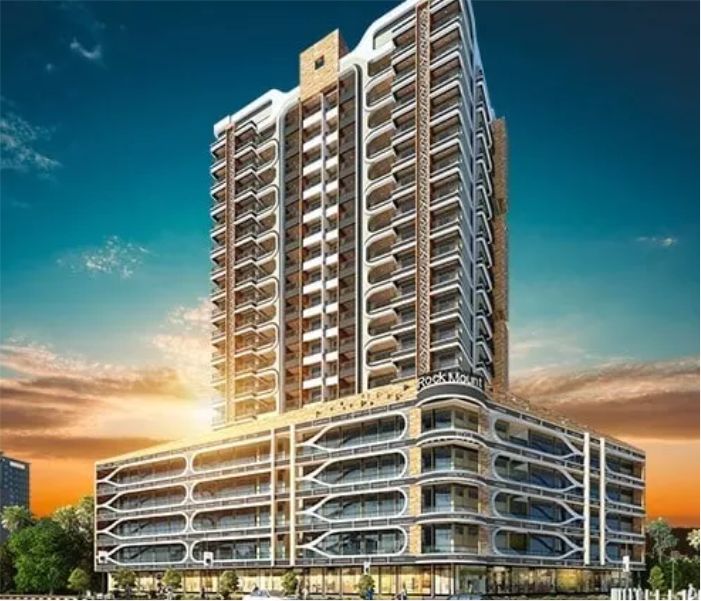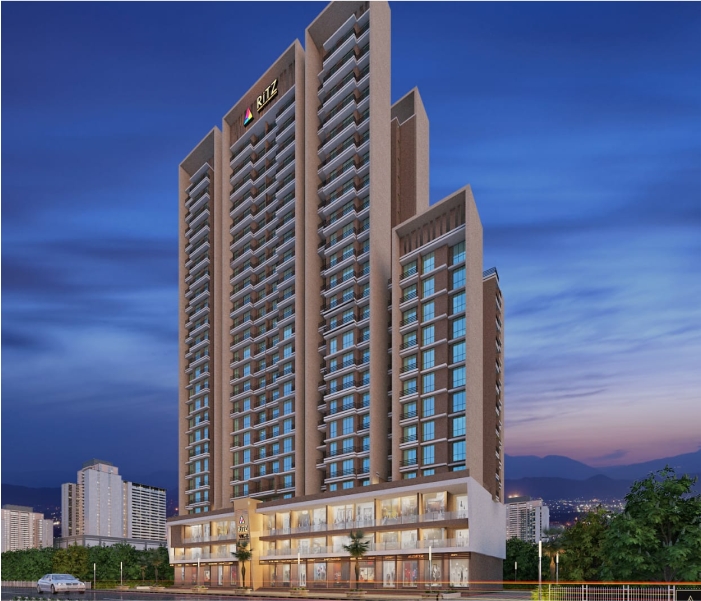
Establishing a compact office holds paramount significance in fostering productivity, encouraging teamwork, and cultivating a positive work environment within the contemporary professional landscape. The art of designing a small office encompasses a harmonious blend of architecture, interior design, and functionality, aimed at optimizing limited space. Whether orchestrating the layout or selecting ergonomic and practical furniture, the primary objective is to maximize efficiency while creating an appealing workspace.
Small Office Design Layout
Open Office Concepts:
Encouraging teamwork, open concepts arrange desks and workstations without physical barriers, promoting communication and collaboration.
Cubicle Configurations:
Classic and organized, cubicles provide personal workspaces, enhancing focus and productivity, with strategic placement optimizing the office layout.
Flexible Workstations:
Adaptable designs incorporating portable desks and modular furniture allow employees to rearrange their workspace dynamically to suit various work requirements.
Private Pods:
Designating enclosed spaces within the office provides employees with individual retreats, fostering concentration and offering privacy when needed.
Multi-functional Spaces:
Creating areas with dual purposes, such as meeting rooms that transform into training spaces, maximizes the use of limited space for various office needs.
Reception Area Innovations:
Innovative designs, comfortable seating, and strategic decor contribute to a welcoming ambiance, making a positive first impression.
Conference Room Solutions:
Even in small spaces, efficient design and practical technology integration ensure that conference rooms become effective hubs for collaboration.
Breakout Zones:
Designating breakout zones provides employees with spaces for relaxation and informal meetings, contributing to overall well-being.
Navigating Narrow Spaces:
Thoughtful design solutions, such as built-in cabinets and shelves, transform narrow corridors into functional areas, preventing wasted space.
Green Design Practices:
Bringing nature indoors through potted plants, vertical gardens, or green partitions enhances aesthetics, air quality, and employee well-being.
Choosing Comfortable Furniture
Ergonomic Seating:
Selection of ergonomic chairs and desks is crucial for employee well-being, supporting natural body posture and reducing the risk of discomfort during extended work hours.
Space-Saving Desks:
Opting for desks with built-in storage, foldable options, or wall-mounted desks maximizes functionality without occupying valuable floor space.
Collaborative Furniture:
Integrating collaborative furniture, such as modular seating arrangements, encourages teamwork and interaction, allowing for versatile usage.
Multi-functional Furniture:
Investing in furniture with dual functionality or hidden compartments ensures efficient use of space in a compact setting.
Portable Workstations:
Introducing portable workstations, such as mobile desks or lightweight laptop stands, provides flexibility for employees to create their ideal workspace.
Acoustic Furniture:
Addressing privacy concerns in an open office, acoustic panels, soundproof booths, or desk dividers made from sound-absorbing materials create individual work zones, enhancing concentration.
Reception Area Comfort:
Prioritizing comfort and style in reception area furniture, such as plush seating and contemporary designs, contributes to a welcoming atmosphere.
Breakout Space Relaxation:
Designing breakout zones with casual and comfortable furniture, such as lounge chairs and bean bags, provides relaxed spaces for informal meetings or moments of respite.
Compact Storage Solutions:
Selecting streamlined and functional storage solutions, such as wall-mounted shelves and under-desk storage units, helps maintain a clutter-free environment.
Green Furniture:
Incorporating elements like planters or moss walls into furniture adds aesthetic appeal and contributes to a calming office environment, with a focus on sustainable and eco-friendly materials.
Utilizing Space-Saving Technology
Incorporating Innovative Solutions:
Leveraging space-saving technology, such as compact storage systems, foldable desks, and advanced electronics with minimal footprints, optimizes the available area efficiently.
Cloud-Based Storage Solutions:
Investing in cloud-based storage eliminates the need for bulky physical file cabinets, contributing to a cleaner and more streamlined office layout.
Taking Advantage of Vertical Space
Wall-Mounted Storage:
Utilizing wall-mounted shelves, cabinets, or vertical storage units significantly increases storage capacity without occupying valuable floor space.
Visual Appeal and Efficiency:
Maximizing vertical space helps keep the workspace organized, minimizes clutter, and creates a visually appealing and efficient environment, particularly useful for storing supplies, files, or decorative items.
Designing a small office involves a meticulous orchestration of spatial elements, ergonomic considerations, and innovative solutions to create a functional, aesthetically pleasing, and conducive work environment.
Also Read About "How Do Colours And Textures Help Enhance Office Interiors?"



Recent comments(0)